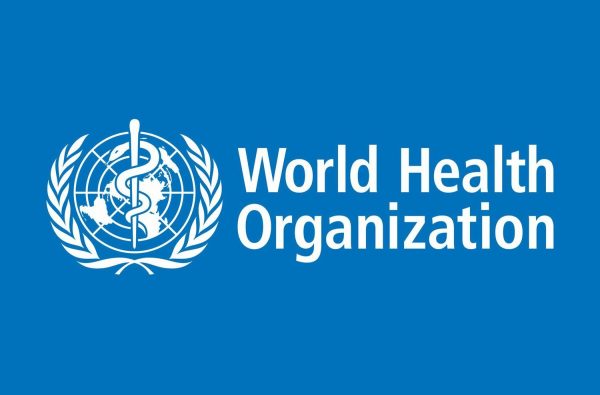The World Health Organisation (WHO) says far more research is needed into the “constellation” of sometimes debilitating symptoms among people who have recovered from COVID-19, adding that it “will impact” global health systems.
WHO Director-General, Dr Tedros Ghebreyesus, said this at a news conference on COVID-19 at WHO headquarters in Geneva on Friday.
In his speech posted on WHO website, Ghebreyesus said WHO held a global meeting of patients, clinicians and other stakeholders last week to advance understanding of what is officially called post-COVID-19 condition or long COVID.
He said WHO released a case reporting form that would allow more data to be collected on long COVID in a standardised way.
“This will help to improve the understanding, surveillance and clinical management of the condition,’’ the director general said.
According to him, the independent expert team to study the origins of the COVID-19 virus has completed its trip to China.
“The expert team is working on a summary report which we hope will be published next week, and the final report will be published in the coming weeks.
“The number of reported cases of COVID-19 globally has declined for the fourth week in a row, and the number of deaths also fell for the second consecutive week.
“These declines appear to be due to countries implementing public health measures more stringently,’’ he said.
Also speaking, Dr Janet Diaz, Team Lead, Health Care Readiness at WHO, said: “We know that this post-COVID-19 condition is a heterogenous group of symptoms that occur after the acute illness.
“So, these are symptoms or complications that can happen potentially a month after, three months after, or even six months after and as we are learning more, we are trying to understand the real duration of this condition,” he said.
Citing reported symptoms such as neurological and physical illness, Diaz noted that an unspecified number of sufferers had been unable to return to work, once they had recovered from the acute sickness caused by the new coronavirus.
“We are concerned obviously with the numbers of patients infected with SARS-CoV-2 virus that the numbers, just by the magnitude of the pandemic, will impact health systems,” he said.
Although comprehensive data on the condition is not yet available, the WHO official insisted that “these (symptoms) were real”.
“Some of the ‘more common’ ailments were fatigue, exhaustion and post-exertional malaise, cognitive disfunction, along with what some patients called ‘brain fog’,” Diaz said, describing a “constellation of symptoms”.
Further research is also needed to drill down into how many COVID-19 sufferers who did not require Intensive Care Unit (ICU) treatment still went on to develop the condition.
READ ALSO: Create Cancer Centre in Each Geo-Political Zone, Leukaemia Foundation Urges FG
“What we know this far is that patients experiencing (a) post-COVID-19 condition could have been hospitalised patients, those in the ICU.
“So, we do know that has happened in patients who are very sick, but also in patients who were not managed inside the hospital, they have had complications and they have had persistent symptoms or new symptom or symptoms that waxed and waned, that came and went after their acute illness.”
To promote a better understanding of post-COVID sickness and support patient care and public health interventions, the WHO has called on clinicians and patients to report data on symptoms to the Organisation’s Clinical Platform.
The case report form – which is available in multiple languages – had been designed to report standardised clinical data from individuals after they have left hospital or after recovering from acute illness.
“What we don’t know is why it’s happening, so what is the pathophysiology of this condition, the researchers are really working hard to get to the answers of these questions,” Diaz said.
In a related development, UN Children’s Fund (UNICEF) announced on Friday a deal to distribute the Pfizer-BioNTech COVID-19 vaccine, potentially before the end of March.
The agreement is on behalf of the COVAX platform, primarily for developing nations, set up by the WHO, The Coalition for Epidemic Preparedness Innovations (CEPI) and GAVI, the Vaccine Alliance.
“This supply agreement allows UNICEF to procure up to 40 million doses that have been secured under the COVAX Facility’s Advance Purchase Agreement with Pfizer/BioNTech to be available throughout 2021,” the UN agency said in a statement.
The Pfizer-BioNTech jab was the first to receive WHO Emergency Use Listing (EUL) on Dec. 31, 2020.
“It requires ultra-cold chain storage facilities which UNICEF has secured with partners to support governments in their roll-out of a variety of COVID-19 vaccines,” it said.



Leave a Reply